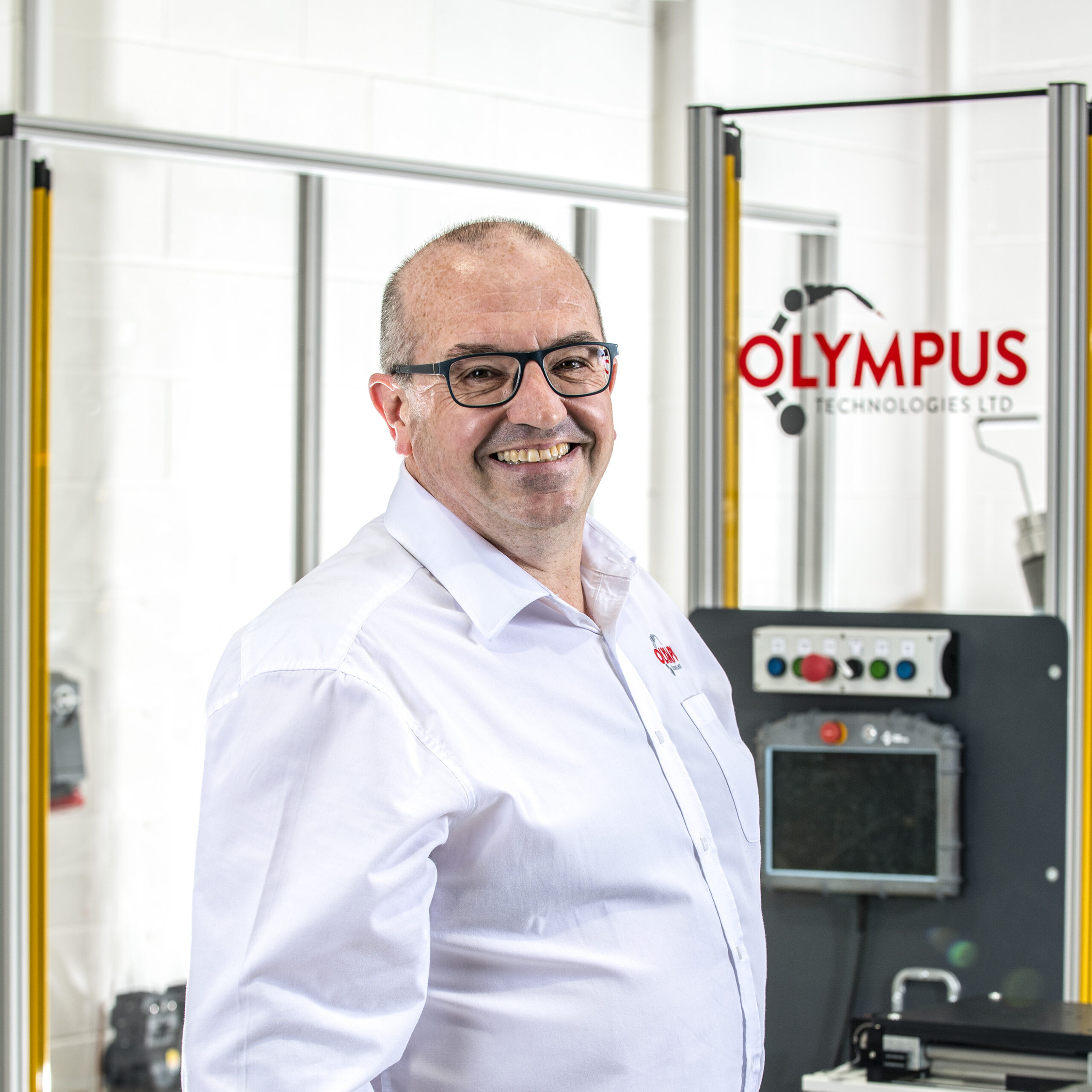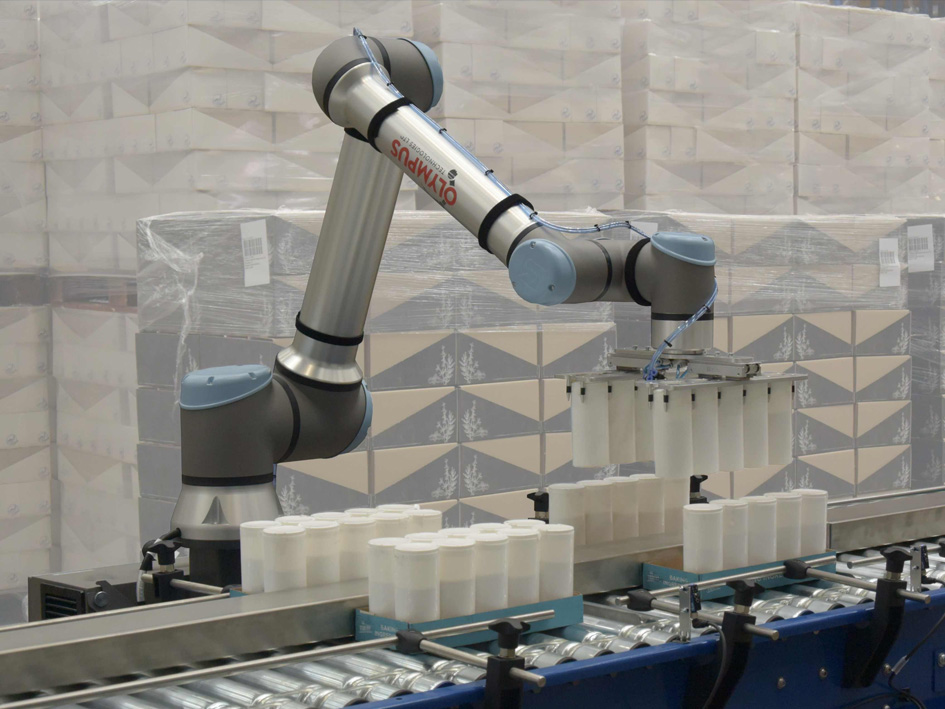Cobotics is not just a subset of robotics - it’s a shift in how we think about automation.
Traditional robots, typically called industrial robots, are designed to operate independently, often isolated from people, while both industrial and collaborative robots have distinct features and applications, Cobots, or collaborative robots, are different. They’re built to automate tasks alongside people, encouraging human robot collaboration.
This article breaks down what cobotics really means, how it compares to traditional robotics, and why it’s transforming everything from assembly lines to surgical suites.
Defining Robotics: The Traditional Model
Robotics is the science and engineering of building machines - robotic devices - that can perform tasks autonomously. These tasks range from assembling car parts to inspecting product quality. Advancements in mechanical engineering have played a crucial role in the development of these robotic devices.
Industrial Robots
Industrial robots are common in manufacturing. They’re fast, precise, consistent and are usually high precision. They are particularly useful for handling hazardous tasks that pose risks to human safety. They should be enclosed by safety barriers to protect human workers. These are autonomous machines designed to operate with minimal human interaction, ideal for industrial automation at scale.
Both cobots and traditional industrial robots are articulated robot arms, typically with 4-6 degrees of freedom, and have been used in the manufacturing industry for many years. There are also other types of industrial robots, such as Scara robots, delta robots and cartesian robots.
Industrial robots excel in structured, repetitive manufacturing processes, such as:
- Material handling
- Quality control
- Assembly processes
- Welding
- Palletising
Here at Olympus Technologies we integrate industrial robots by KUKA & FANUC.
What Is Cobotics?
Cobotics, short for collaborative robotics, is the use of collaborative robots (cobots) that can safely work alongside human operators. Unlike traditional robots, cobots are designed for human robot collaboration in a shared workspace - this means that often minimal or no guarding is required for many collaborative robot applications. They typically have simpler to use interfaces for programming too, so the time spent teaching programs is reduced when compared to industial robots.
These systems are often used to:
- Take over dangerous tasks
- Assist with machine tending or material handling
- Enhance assembly and inspection processes
- Adapt to new tasks in dynamic environments
By working alongside human operators in a shared workspace, cobots play a significant role in enhancing productivity in various settings, meaning they are often ideal as a robotic solution.
Cobots don’t replace, but rather work alongside humans. This model of robot collaboration increases flexibility, reduces strain on staff, and leads to better output. This often allows employers to repurpose and upskill workers to other more skill driven production processes.
See how collaborative robots are being integrated into modern production environments.
Here at Olympus Technologies we integrate collaborative robots by Universal Robots.
Key Differences: Cobots vs. Traditional Robots
| Feature | Traditional Robots | Cobots |
|---|---|---|
| Workspace | Isolated | Can often be shared with humans |
| Safety | Requires full guarding | Built-in safety features often means minimal or no guarding required |
| Programming | Complex | User-friendly, intuitive interface |
| Flexibility | Low | High, quick to repurpose when required |
| Use Cases | High-volume, repetitive tasks | Variable, complex tasks |
| Human Interaction | Avoided | Encouraged |
Cobots are ideal when a process benefits from both automation and human input. They’re not just tools- they’re robotic solutions for human collaboration.
Built-In Safety: How Cobots Protect People
Safety features are at the core of cobotics. Cobots come equipped with multiple safety measures:
- Real-time force sensing: collaborative robots stop themselves if they detect collisions. This intelligence is not present in industrial robots.
- Rounded and lightweight design: robot arms are designed to minimise pinch points and remove sharp edges.
- Automatic slowdown in close proximity: safety measures are put in place to reduce cobot speed when workers move through light barriers or into safety zones.
These safety features are crucial in preventing workplace injuries and ensuring a safe working environment.
A thorough risk assessment is still required, but cobots are designed from the ground up to work safely alongside humans - with minimal or no guarding required.
Universal Robots are a leading example of how collaborative design enables safe integration into any factory floor.
Human-Robot Interaction That Works
Human robot interaction is more than motion sensing. Advancements in computer science, such as computer vision and machine learning, have significantly improved human-robot interaction. Cobots are built to understand and respond to their surroundings through:
- Intuitive programming interface: creation of robot programs can be done with minimal training.
- Computer vision: vision systems enhance the intelligence of cobots allowing them to detect part locations or carry out inspections
- Force sensing capabilities: cobots can react to their surroundings, and inteligently adapt their programs.
The result is a more intuitive working relationship. Human operators don’t need to code. They teach cobots through demonstration, graphical interfaces, and use intelligent force sensing to enhance production processes.
This ease of use allows businesses to start automating tasks faster - and keep adapting as needs evolve.
Explore how cobots are improving robot interaction inside the manufacturing industry here.
The Business Case for Cobots
The key advantages of cobots extend beyond automation:
- Increased uptime and production efficiency
- Improved quality assurance
- Lower maintenance costs
- Reduced energy consumption
- Enhanced safety mechanisms for human workers
- Reduced installation times thanks to intuitive programming interfaces
Because they can be redeployed quickly, cobots are ideal for optimising processes across multiple workstations.
The correct safety measures can encourage human robot interaction, rather than drawing a divide between human workers and traditional industrial robots.
They’re also adaptable to complex procedures that require human input, such as circuit board assembly or even robotic surgery systems like the da Vinci Surgical System.
Learn how Olympus used Universal Robots to help The Expanded Metal Company increase productivity using a cobot welding system.
Cobotics in Logistics and Beyond
Cobots are now playing a growing role in logistics. With the integration of advanced sensors, cobots can navigate and operate more efficiently in logistics environments. From inventory management to data processing, cobots help reduce errors and increase speed.
These roles often require close cooperation with staff, where cobots handle repetitive work and humans make decisions. With the integration of cloud computing and artificial intelligence, cobots are now smarter, faster, and more useful than ever.
Preparing Your Workspace for Collaborative Robotics
Before you implement collaborative robots, assess your:
- Physical space: Is it suitable for shared workspaces?
- Staff readiness: Are human operators trained?
- Infrastructure: Do you have power, connectivity, and support for reprogramming?
- Compliance: Are you meeting safety and regulatory requirements?
- Safety: Perform a risk assessment to determine safety requirements.
Choosing the right application is key. Cobots excel in hybrid environments - where automation boosts output and quality control, but human safety and input still matter.
The Future of Cobotics
Cobots are evolving. Technological advancements are continually enhancing the capabilities and applications of cobots. With smarter sensors and faster processors, they’re being used in more areas than ever before - including industrial processes, automotive, electronics, and healthcare.
Advances in artificial intelligence and machine learning will only deepen the impact of cobots. As they get better at learning, adjusting, and understanding human intent, the possibilities for real-time, adaptive collaboration grow.
Cobotics isn’t the future - it’s already here, and it’s enhancing productivity whilst helping companies scale safely and sustainably.
Summary
Cobotics bridges the gap between automation and people. Where traditional industrial robots operate alone, collaborative robots thrive in partnership with humans. They’re safer, more flexible, and better suited to today’s complex and fast-changing operations, leading to increased efficiency.
If you’re looking to enhance efficiency, reduce risks of dangerous tasks, and build a more resilient operation, cobots offer a clear path forward.
To see what’s possible, explore Olympus Technologies’ full range of collaborative automation solutions.














